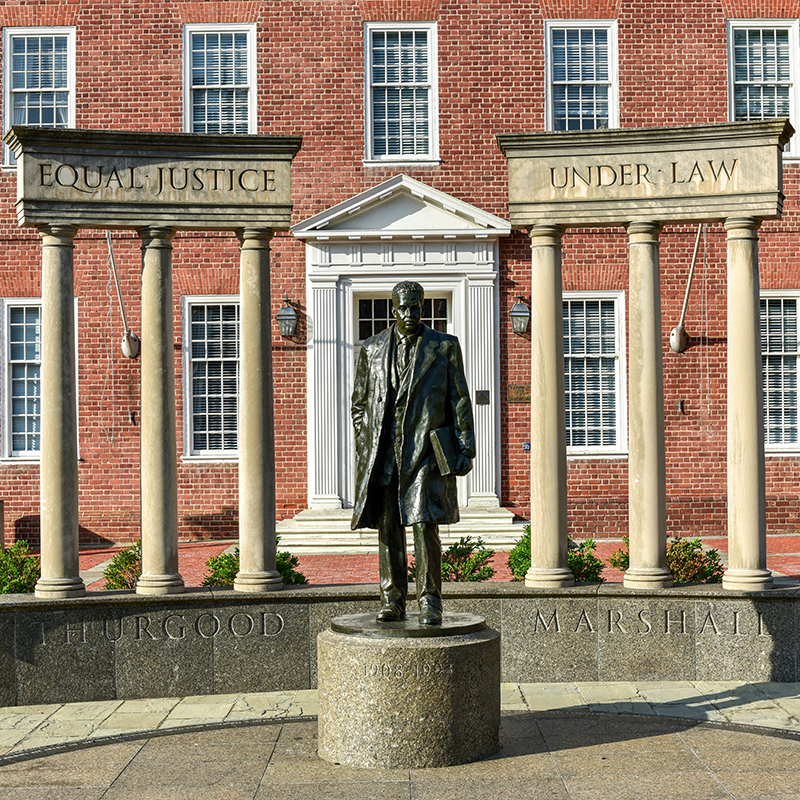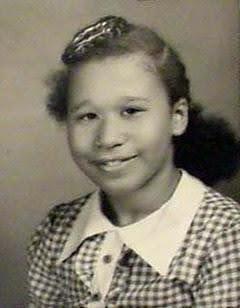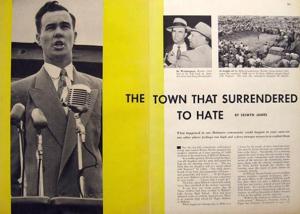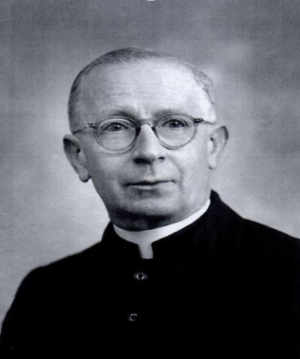Viking Gazette



TOP STORIES
2024 marks 70th anniversary of Brown vs. Board of Education
READ MORE
This May 17 marks the 70th anniversary of the landmark ruling in Brown v. Board of Education. In that unanimous opinion, the Supreme Court held that separate but equal schools are inherently unequal and violate the equal protection principles of the Constitution. The justices reasoned that the segregation of public schools based on race was significantly detrimental to the education and personal growth of African American children.
Many either do not know or have forgotten that two Delaware cases were...
Many either do not know or have forgotten that two Delaware cases were...
READ MORE

The girls who changed the arc of racial justice in Delaware
READ MORE
Sometimes the path to justice begins at a bus stop ... assuming, of course, Blacks can even get on a bus. In 1950, that racial reality confronted 6-year-old Shirley Barbara Bulah and 13-year-old Ethel Louise Belton. Their race barred them from riding on whites-only school buses; it also excluded them from attending whites-only schools in Delaware.
June 4, 1950: In an address given to the graduating class at Salesianum School, Vice Chancellor Collins Seitz implored Delawareans to first honor...
June 4, 1950: In an address given to the graduating class at Salesianum School, Vice Chancellor Collins Seitz implored Delawareans to first honor...
READ MORE

Louis Redding helped shape racial justice in Delaware
READ MORE
There are interludes in history when evil’s grip relaxes, and goodness emerges owing to a courageous few. Louis Lorenzo Redding (1901-1998) was one of those few.
“The trend of the time is against segregation.” – Louis L. Redding (March 22, 1956).
Even two years after Brown v. Board (the landmark 1954 desegregation case), the NAACP’s top Delaware lawyer was unsure how long real equality would take before it reached the First State. Given his remarkable court victories, he was hopeful. Still, opposition...
“The trend of the time is against segregation.” – Louis L. Redding (March 22, 1956).
Even two years after Brown v. Board (the landmark 1954 desegregation case), the NAACP’s top Delaware lawyer was unsure how long real equality would take before it reached the First State. Given his remarkable court victories, he was hopeful. Still, opposition...
READ MORE

The Dangerous Demagogue: Part I
READ MORE
Milford, September 1954: A 34-year-old grifter with a racist resolve wanders into town. He’s got an idea. He’s a man beyond bounds, a man with a criminal bent that ranges from fraud to homicide. Perhaps that helps to explain his latest scam idea: arouse segregationists, stir up trouble and launch a counteroffensive to implementing Brown v. Board of Education’s desegregation mandate in Delaware. The landmark ruling was only four months old, and Gov. J. Caleb Boggs had just instructed the...
READ MORE

The Dangerous Demagogue: Part II
READ MORE
For some men, evil is an opportunity to act out their prejudice and thereafter profit from it. Bryant W. Bowles (1920-97) was one of those men. But he needed the right place and the right time. Events in mid-century Delaware provided both.
By the early 1950s, voluntary desegregation practices slowly emerged in a few Wilmington-area hotels and some downtown movie theaters. Then there were Louis Redding’s NAACP legal victories in Parker v. University of Delaware (1950), Belton v. Gebhart (1952),...
By the early 1950s, voluntary desegregation practices slowly emerged in a few Wilmington-area hotels and some downtown movie theaters. Then there were Louis Redding’s NAACP legal victories in Parker v. University of Delaware (1950), Belton v. Gebhart (1952),...
READ MORE

The priest who opened a door to school integration
READ MORE
For every entry, there must be an open door. Father Thomas A. Lawless (1891-1966) pried open one such door to advance the equality principle in the service of school desegregation. As we continue to celebrate the 70th anniversary of Brown v. Board of Education and Delaware’s role in that landmark Supreme Court ruling, we should pause to reflect on Father Lawless’ remarkable contributions to the cause of racial justice.
From 1945 to 1958, Father Lawless served as the principal at the...
From 1945 to 1958, Father Lawless served as the principal at the...
READ MORE

Chancery Court opinion dealt blow to school segregation in 1950
READ MORE
Anniversaries invite reflection. Hence, the upcoming 70th anniversary of Brown v. Board on May 17 allows us to consider Delaware’s racial past as we strive to move into a more just future.
Inhumanity enters through bigotry’s door; once it does, it lingers there. That racist reality was under attack in January 1950, when Brooks M. Parker and nine other African American plaintiffs challenged the University of Delaware’s whites-only admissions policy. They were denied admission to the undergraduate school. The official...
Inhumanity enters through bigotry’s door; once it does, it lingers there. That racist reality was under attack in January 1950, when Brooks M. Parker and nine other African American plaintiffs challenged the University of Delaware’s whites-only admissions policy. They were denied admission to the undergraduate school. The official...
READ MORE

Thinking back on racial justice in Delaware
READ MORE
Where race is in the mix, real justice is more often assumed rather than attained. This explains why the battle to overcome the vestiges of slavery persists. As we approach the 70th anniversary of Brown v. Board of Education on May 17, Delawareans (whose cases were a part of that landmark ruling) have yet another opportunity to recommit themselves to the principle of equality.
To comprehend the present, one must remember the past. From Delaware’s pre-colonial times to the...
To comprehend the present, one must remember the past. From Delaware’s pre-colonial times to the...
READ MORE


















